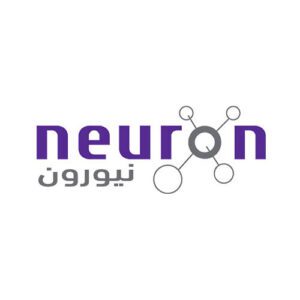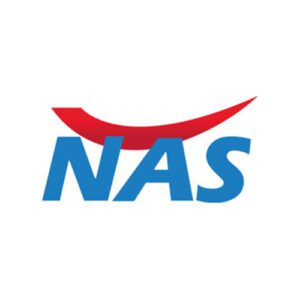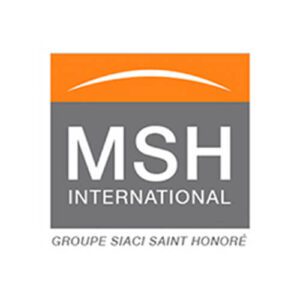TRICEPS TEAR
Triceps tear is caused by an injury and rapture to the muscles and tendons of the upper arm, that run from behind the elbow to behind the shoulder. This part is known as triceps brachii and consists of three muscles which are:
THE MEDIAL HEAD
Runs from the posterior part of the humerus to the far end of the radial nerve (extreme branches of the posterior cord) groove.
THE LONG HEAD
Starts from the infra-glenoid tubercle of the shoulder blade (scapula)
THE LATERAL HEAD
Starts from the humerus near the radial nerve groove.
These muscles connect to a tendon that is in the proximal surface of the olecranon (the part of the elbow that pokes/points out. Triceps tears occur in the tendon and can form partial or complete tears.
Causes of a Triceps Tear
- Previous medical conditions or medications such as endocrine treatment, renal failure, or steroidal injection
- Overuse or stretching the muscles, lifting against obstinacy, trauma on the elbow
- Surgical procedures such as total elbow arthroplasty where the triceps have been reconnected
Symptoms of Triceps Tear
Some of the common signs and symptoms of Triceps tear include:
- Posterior elbow pain
- Triceps weakness of the upper arm
- Swelling and tenderness at the area
- A pop sound when the tear occurs
- Inability to outstretch the arm
- A palpable tendon gap near the olecranon that may be seen via radiographs
Diagnosing Triceps Tear
Physical Examination
During a visit for a diagnosis, a physical examination of the upper extremity will be done whereby the patient will be placed in a prone position (lying with the chest with the back positioned upwards). The elbow will then be flexed at ninety degrees as the upper arm is supported and the forearm hanging free.
A partial tear is identified by the weakness of the arm and inability to outstretch the elbow against gravity, while a complete tear is identified by the inability of the elbow to outstretch against or resist gravity over the head.
A test known as FALL DOWN TRICEPS TEST is done to assess the inability of the forearm to extend against gravity. This test is done by an insertion in the triceps tendon tear, whereby the patient is instructed to stand straight with the shoulders at ninety degrees and the forearm held out, then dropped again. When the triceps tendon is completely torn the forearm drops at ninety degrees while if the tear is partial the forearm can drop at forty degrees.
Imaging Test
The goal of imaging tests for the upper extremity of the triceps tear is to identify if there is a partial or complete tear. Partial tear is identified by intramuscular, olecranon insertion or myotendinous junction. These tests also show the amount of tendon damaged as well as any other injuries other than the tear.
These tests are done using x-ray performed in lateral/antero-posterior view, a CT scan to assist in diagnosing if there is a fracture of the olecranon and other tears, and an MRI to show the degree of the tear.
Treatment Options and Care for Triceps Tear
Surgery
Surgery is usually recommended for repairing a complete triceps tear that cannot be treated with non-surgical options. The procedure is performed to regain mobility of the limb. The techniques involved in treating the tear include:
TENDON AUGMENTATION where tissue is grafted to repair the damaged tendon and assist in healing
ACHILLES TENDON ALLOGRAFT which aids in the reconstruction of the tendon. The graft is extracted from another donor.
Non-surgical Treatments
Individuals who have serious comorbidities or a functional disability with partial tear can be treated with non-surgical options. The therapeutic treatment is categorized in various phases, which include
Progressive Motion Phase
In this phase the patient starts to undertake contraction of the triceps six weeks after the surgical procedure. The active motion is gained by extension of the elbow against gravity. The techniques used include:
NEUROMUSCULAR ELECTRICAL STIMULATION (NMES)
In which electrical impulses are sent to the nerves causing the muscles to contract.
PROPRIOCEPTIVE NEUROMUSCULAR FACILITATION (PNF)
Whereby the muscles are activated by contraction and stretching.
Strengthening Phase
This phase is done to strengthen the range of motion and is performed after approximately twelve weeks’ post-surgery when the tendon has healed. The passive and active range of motion should be equal.
The exercises for strengthening the muscle include:
- FOREARM SUPINATION whereby the forearm is rotated forward
- PRONATION whereby the forearm is directed downwards
Other therapeutic applications include:
- Controlling edema
- Isometric contraction to strengthen the muscle
- Pain relief
- Thermal agents
REQUEST AN APPOINTMENT
A member of our team will reach out to you & quickly get you booked in for an appointment with the most relevant member of our sport medicine team.
Error: Contact form not found.
MEET OUR TEAM
PARTNERING WITH LEADING
MEDICAL INSURANCE PROVIDERS
We work with leading medical insurance providers in the country, if you have any questions or queries just give us a call on 8008254268.














